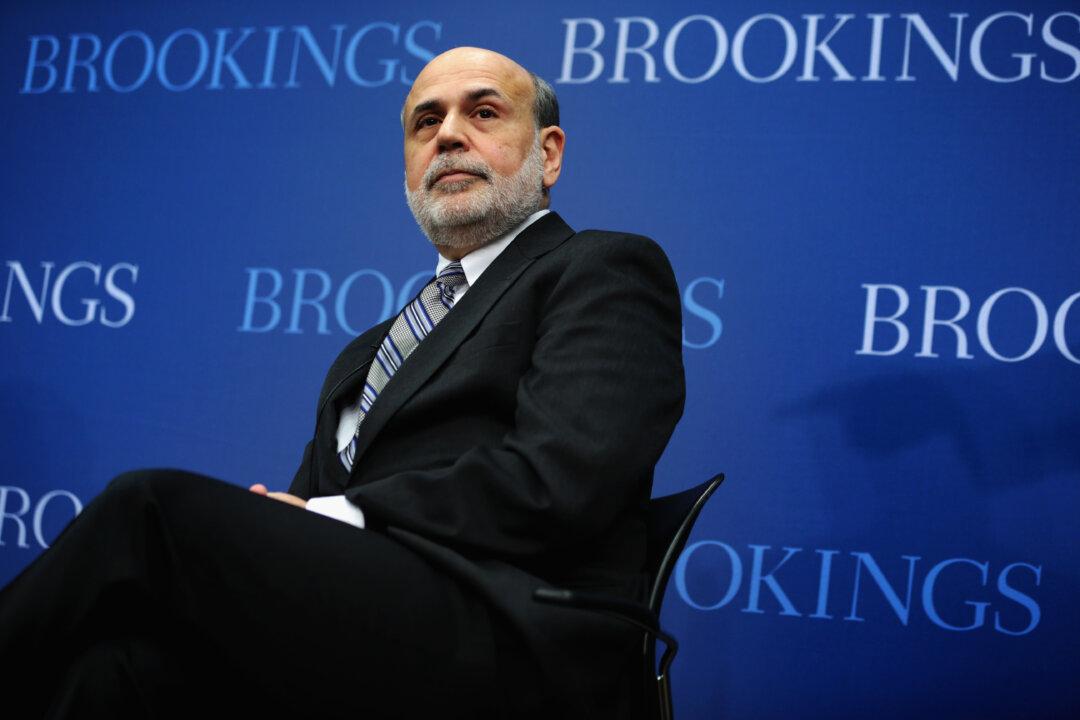Former Fed Chairman Ben Bernanke is a controversial figure at home and abroad. He recently tried to dispel some of that controversy by blogging for the Brookings Institution. He has met with limited success.
Most people don’t like the Fed, or Bernanke, because interest rates were kept artificially low, reducing the income potential of people dependent on interest income, such as retirees.





